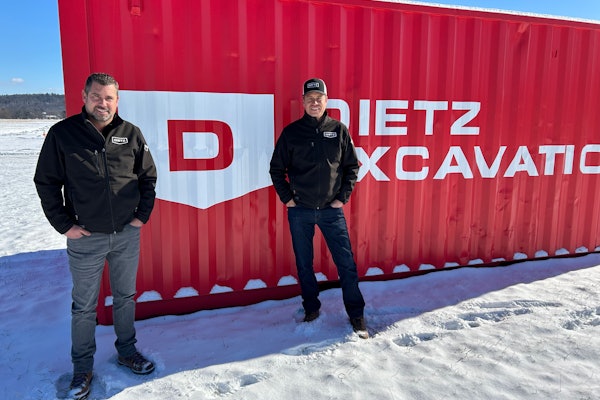Makers of things
By Tom Jackson
On Saturday July 8, 2011, the day the space shuttle Atlantis launched for its final trip into the cool blue heavens, I found myself wandering amid the dust, din and diesel fumes of some 60 acres of antique construction equipment – all hard at work flinging dirt everywhere. My assignment that day was to report on the annual convention of the Historical Construction Equipment Association.*
The contrast between the space shuttle and the HCEA’s event in rural Illinois was extreme. While the astronauts quietly worked their computers in a billion dollar spacecraft, guys like Jerry LeCount, a service tech for the construction company Beer and Slabaugh, Nappanee, Indiana, sweated over a sputtering 1929 Caterpillar 30 tractor. While every blip on the dials of the space shuttle was being monitored by NASA’s air-conditioned army of PhDs, Jerry pulled the valve cover off the old Cat and pounded on a few stuck rocker arms with a two-pound hammer. Blunt force and lots of WD-40 got the rocker arms rocking in no time, and LeCount replaced the valve cover and headed back into the dirtwork derby.
But now that the government has killed the space shuttle program, I worry about how we’ll inspire the next generation of inventors and entrepreneurs.
I couldn’t help but think the two events represented connected ends of the same era – the beginning of the machine age and the end of the space age. But now that the government has killed the space shuttle program, I worry about how we’ll inspire the next generation of inventors and entrepreneurs. When John Glenn became the first American to orbit the earth, the mood in the country was electric. Math, science and engineering found new emphasis in the schools. And the generation of kids that watched the Neil Armstrong walk on the moon went on to invent cell phones, personal computers, GPS, the Internet and millions of products that use embedded computer chips and sensors.
For years, people with insufficient imaginations clamored for a cost-benefit analysis on our space program. But some things can’t be measured with accounting. Were the great pyramids of Egypt worth it? Was Rome looking for ROI when it built the infrastructure of most of the known world? Great nations do great things, and up until July 21, when the space shuttle Atlantis touched down for the last time, America did too.
So what now? America’s inventors – the guys (and gals) who make things, who love machinery and electronics, and who love to take apart, analyze and understand the technology that powers our world – are alive and well and still striving. The HCEA bears witness to that. But where is the vision on the national stage? What will inspire the next generation?
Bailouts? Of those we have plenty. Vision? Washington, D.C., seems to think we can’t afford it.
*If you’re interested in old construction equipment or would like to learn more about restoring it, check out the HCEA’s website at www.hcea.net. Their next annual convention will be held in Bowling Green, Ohio, and organizers say they’re expecting to show around 300 pieces of equipment.












